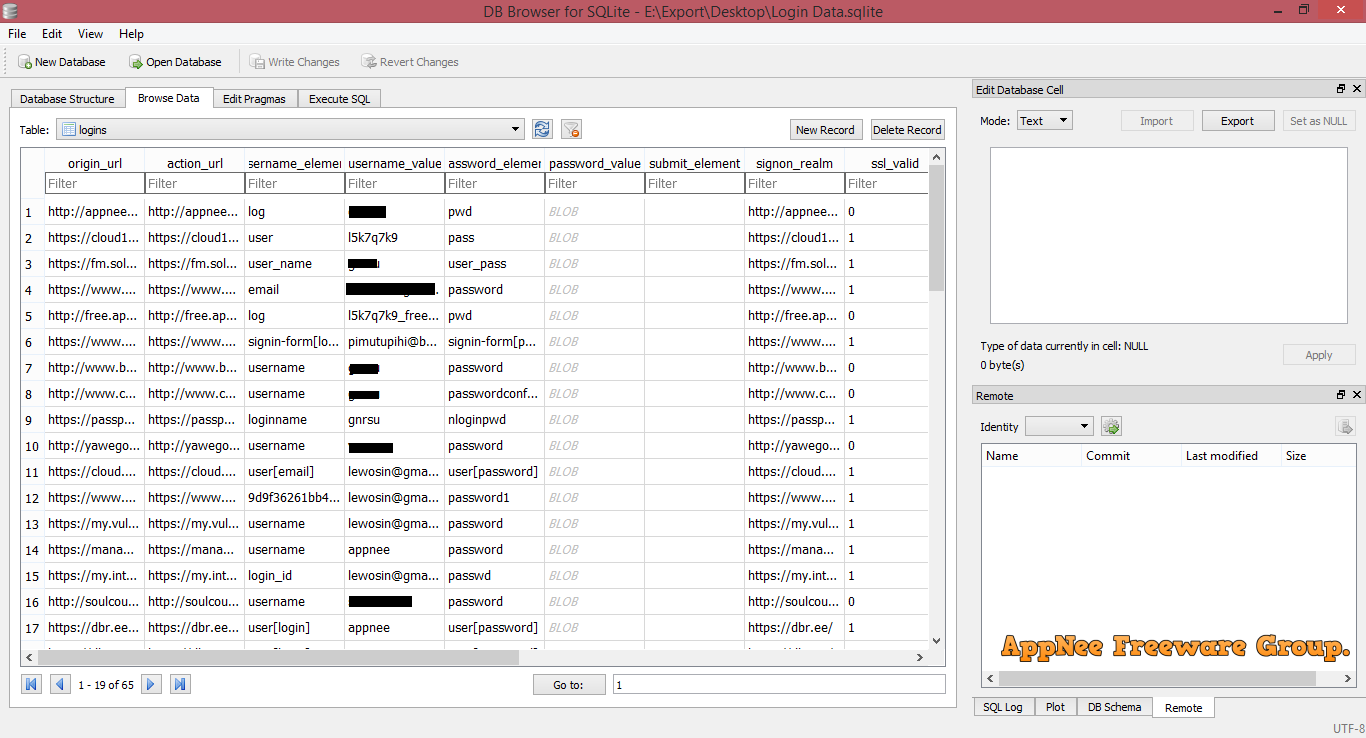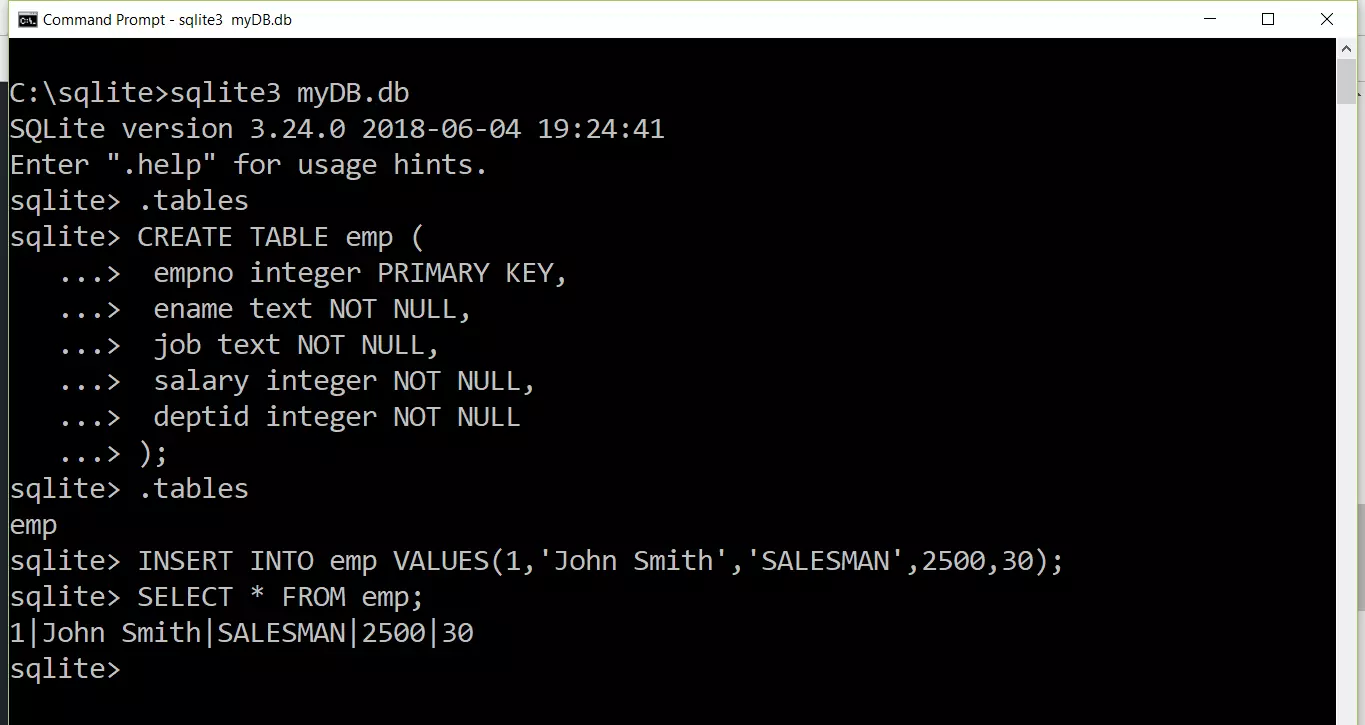

- #Db browser for sqlite file types how to#
- #Db browser for sqlite file types mac os#
- #Db browser for sqlite file types software#
- #Db browser for sqlite file types license#
- #Db browser for sqlite file types windows#
With the help of this comprehensive guide and the most powerful. DB Files Unlockedĭatabase files resemble locks that require a key – in this case, the right program – to be unlocked. Sort through the files and delete the appropriate thumbnailsĪlthough this may be a temporary fix, it will get you through the errors created by.Use the bar menu at the top and click on ‘View’.
#Db browser for sqlite file types windows#
#Db browser for sqlite file types how to#
db files and how to open them, let’s talk about how to fix the errors they create (at times). According to Paul Flessner, senior Vice President, Server Applications, Microsoft Corp., SQL Server 2008 can be a data storage backend for different varieties of data: XML, email, time/calendar, file, document, spatial, etc as well as perform search, query, analysis, sharing, and synchronization across all data types.Now that we’ve discussed. Basic awareness of multimedia data will permit specialized functions to be performed on them.

It also natively supports hierarchical data, and includes T-SQL constructs to directly deal with them, without using recursive queries. In present versions, such multimedia data can be saved as BLOBs (binary large objects), but they are generic bit streams. SQL Server 2008 also includes support for structured and semi-structured data, as well as digital media formats for pictures, audio, video and other multimedia data. SQL Server 2008, formerly codenamed Katmai, was released on Augand goals to make data self organizing, management self-tuning, and self maintaining with the improvement of SQL Server Always On technologies, to give almost-zero downtime.
#Db browser for sqlite file types license#
The same interface is used on MacOS X and Windows version with a multiplatform license for multiplatform databases. The interface contains all of its main features and complicated command line commands are stored inside a simple button. It has a spreadsheet-like interface and offers quick access to basic functions. It has advanced import and export capabilities and it can generate reports using report templates. It saves frequently used SQL and converts SQLite 2 databases to SQLite 3.
#Db browser for sqlite file types mac os#
It can display JPEG, BMP and TIFF file formats, as well as QuickTime from BLOB records, and it has the ability to open hidden files or hidden bundles under Mac OS X.

It features a detailed analyzer, foreign key support, a built-in virtual machine analyzer, built-in optimizer and a built-in language reference. It creates browse tables, views, triggers and indexes and enables records to be inserted, deleted and updated and it supports arbitrary SQL commands. It opens and works with memory databases like te sqlite 2.x, sqlite 3.x and REALSQL Server databases.
#Db browser for sqlite file types software#
SQLite is a database management software with the necessary tools to create and manage SQLite databases. There are also some database management applications integrated with data importing support for the content stored in these DB files. The SQLite software can be installed and used by Linux users to create, open and edit the content of these DB files. The DB file format is supported by many database management applications aside from the Microsoft Access 2010 software, and a DB file may be exported and saved in other database file formats like CSV. The content of these generic DB files may include structured text data organized in fields and tables, and the data types of these fields and tables may also be included in the content of these DB files. The Microsoft Access 2010 application can also be used by Microsoft Windows users to create, view and edit the content stored in a DB file. Generic database files are on the other hand stored in the DB format, and these DB files are affixed with the. Some database files may be stored in specific proprietary formats by the database management application used to author the database file, and an example of these database management programs is the Microsoft Access software.


 0 kommentar(er)
0 kommentar(er)
